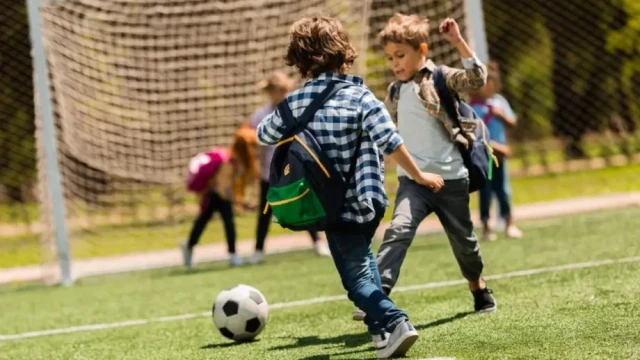
Ensuring Your Young Athlete's Health and Safety for a Winning Sports Season
The return to school marks a busy time for young athletes as they transition from summer freedom to the organization of classes and grueling schedule of team sports. Here are some orthopedic-focused tips to prepare young athletes for a safe and healthy sports season.
1. Utilize a Sport-Specific Conditioning Program
Different sports require different muscle groups. Working with a coach or physical therapist to develop a conditioning program tailored to the sport can help prevent overuse injuries common in young athletes.
A well-designed conditioning program not only targets the specific muscle groups used in the sport but also incorporates overall body strength, flexibility, and balance training. This holistic approach ensures that the athlete's body is well-rounded and resilient, reducing the risk of injury by addressing potential weaknesses or imbalances.
2. Focus on Core Strength and Stability
A strong core is essential for almost every athletic activity. Incorporating exercises that enhance core strength and stability can support the athlete's spine and lower back, reducing the risk of injury.
The following examples are great for all sports:
- Plank: Start in a push-up position with your body in a straight line from head to heels. Hold this position, keeping your core engaged and avoiding any sagging in your lower back.
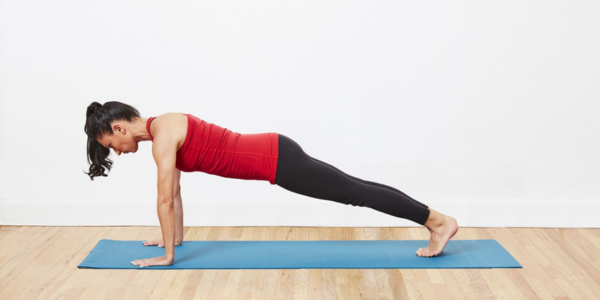
- Russian Twists: Sit on the floor with your knees bent and feet flat. Lean back slightly while keeping your back straight. Hold a weight or a medicine ball with both hands and twist your torso to the right, then to the left, tapping the weight on the floor beside your hip each time.

- Dead Bug: Lie on your back with your arms extended toward the ceiling and your knees bent at a 90-degree angle. Slowly lower your right arm and left leg toward the floor while keeping your lower back pressed into the ground. Return to the starting position and repeat on the opposite side.

- Bird-Dog: Extend your right arm forward and your left leg backward simultaneously, keeping your hips and shoulders square. Hold for a few seconds, then return to the starting position and switch to the opposite arm and leg.
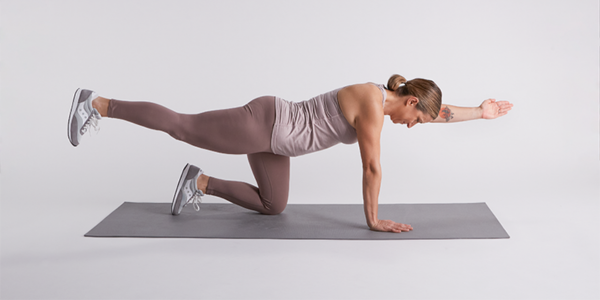
3. Emphasize Proper Techniques for Injury Prevention
Incorrect technique can lead to acute and overuse injuries. Ensuring the athlete receives proper coaching to learn the correct form and mechanics of their sport is crucial, whether it's throwing a baseball or jumping for a basketball.
4. Encourage Stretching and Flexibility Training
Flexibility can decrease the risk of strains and sprains. Teaching dynamic stretching as part of the warm-up routine and static stretching during the cool-down can help maintain flexibility.
Here are a few example exercises:
Dynamic Stretching (Warm-Up):
- Leg Swings: Stand next to a wall or support for balance. Swing one leg forward and backward in a controlled manner, gradually increasing the range of motion. This exercise helps to loosen the hip flexors, hamstrings, and quadriceps.
- Arm Circles: Extend your arms out to the sides and make small circles, gradually increasing to larger circles. Reverse the direction after about 15-20 seconds. This helps to warm up the shoulders and upper back.
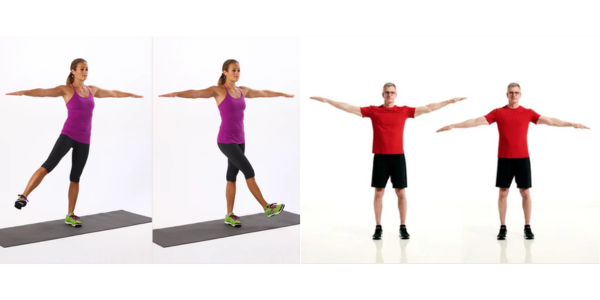
Static Stretching (Cool-Down):
- Hamstring Stretch: Sit on the ground with one leg extended straight and the other leg bent with the foot against the inner thigh. Reach forward towards the toes of the extended leg, holding the stretch for 20-30 seconds to stretch the hamstrings and lower back.
- Calf Stretch: Stand facing a wall with one foot in front of the other. Keep the back leg straight and press the heel into the ground while bending the front knee slightly. Hold the stretch for 20-30 seconds to stretch the calf muscles.
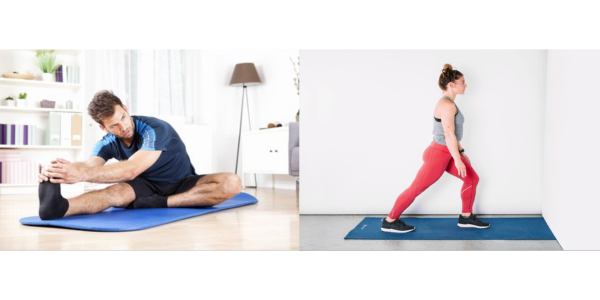
5. Emphasize Injury Recognition and Response
Teaching young athletes to listen to their bodies and recognize the early signs of injury, such as pain, swelling, or decreased function, is crucial. Early intervention is key to preventing more serious complications.
In the case of an unexpected orthopedic injury, make sure to download the HURT! App, for fast, free, expert advice.
6. Reinforce the Importance of Rest and Recovery
Rest is not just about sleep; it also includes giving the body time to recover between practices and games. Encouraging young athletes to take breaks and communicate when they feel fatigued or sore is essential.
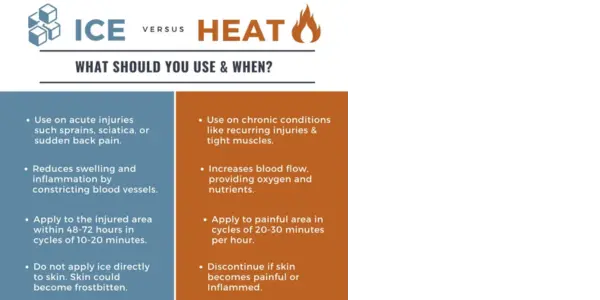
Learn more about whether you should use Ice vs Heat for your injury, here.
7. Support a Healthy Way of Living
Bone health is influenced by nutrition and lifestyle choices. Ensuring young athletes get enough calcium and vitamin D for bone strength, and discouraging unhealthy habits like excessive screen time, are important.
Should an injury happen, OrthoCarolina is ready to offer expert care to ensure young athletes can efficiently return to sport. Let's aim for a healthy and successful sports season!
This information is provided as an educational service and is not intended to serve as medical advice. If you are seeking specific orthopedic advice or assistance, please consult with your OrthoCarolina physician or locate one in your area through OrthoCarolina’s website at www.OrthoCarolina.com.
Back




Leave a Comment